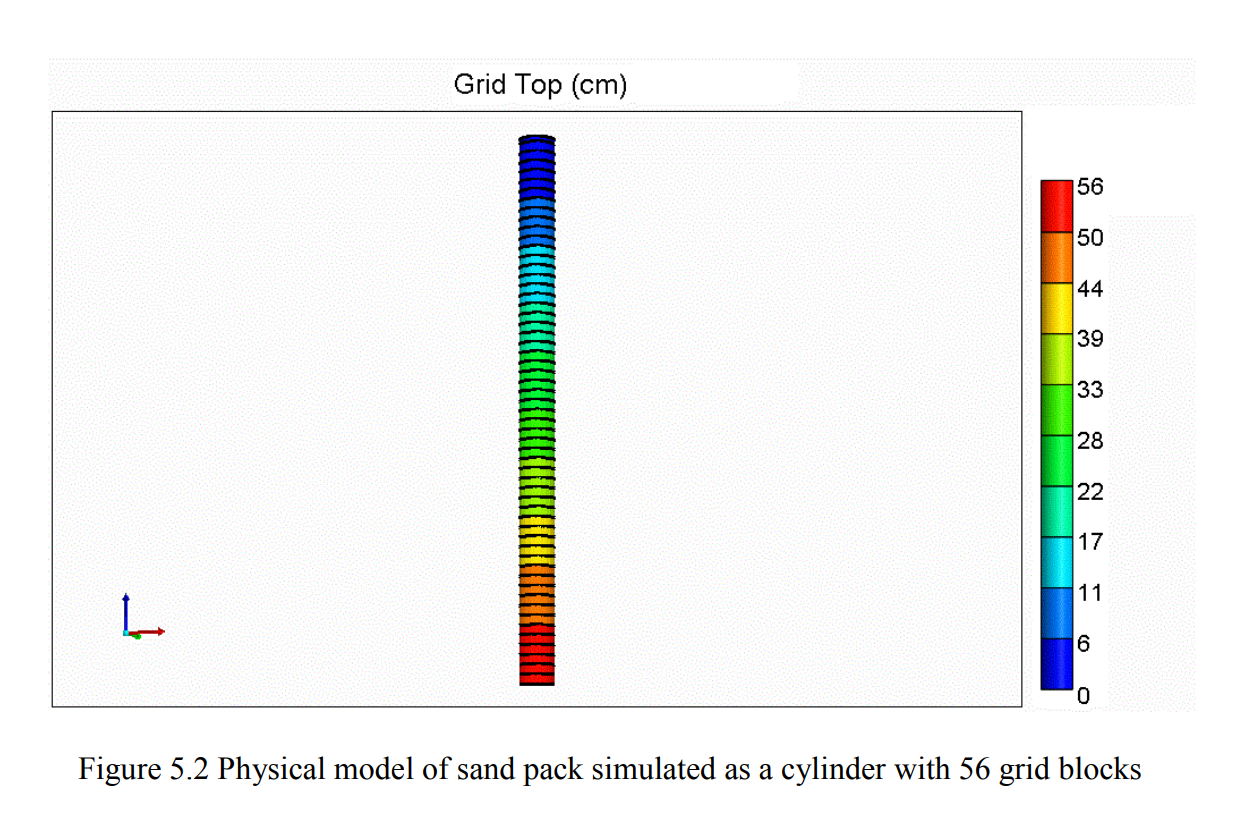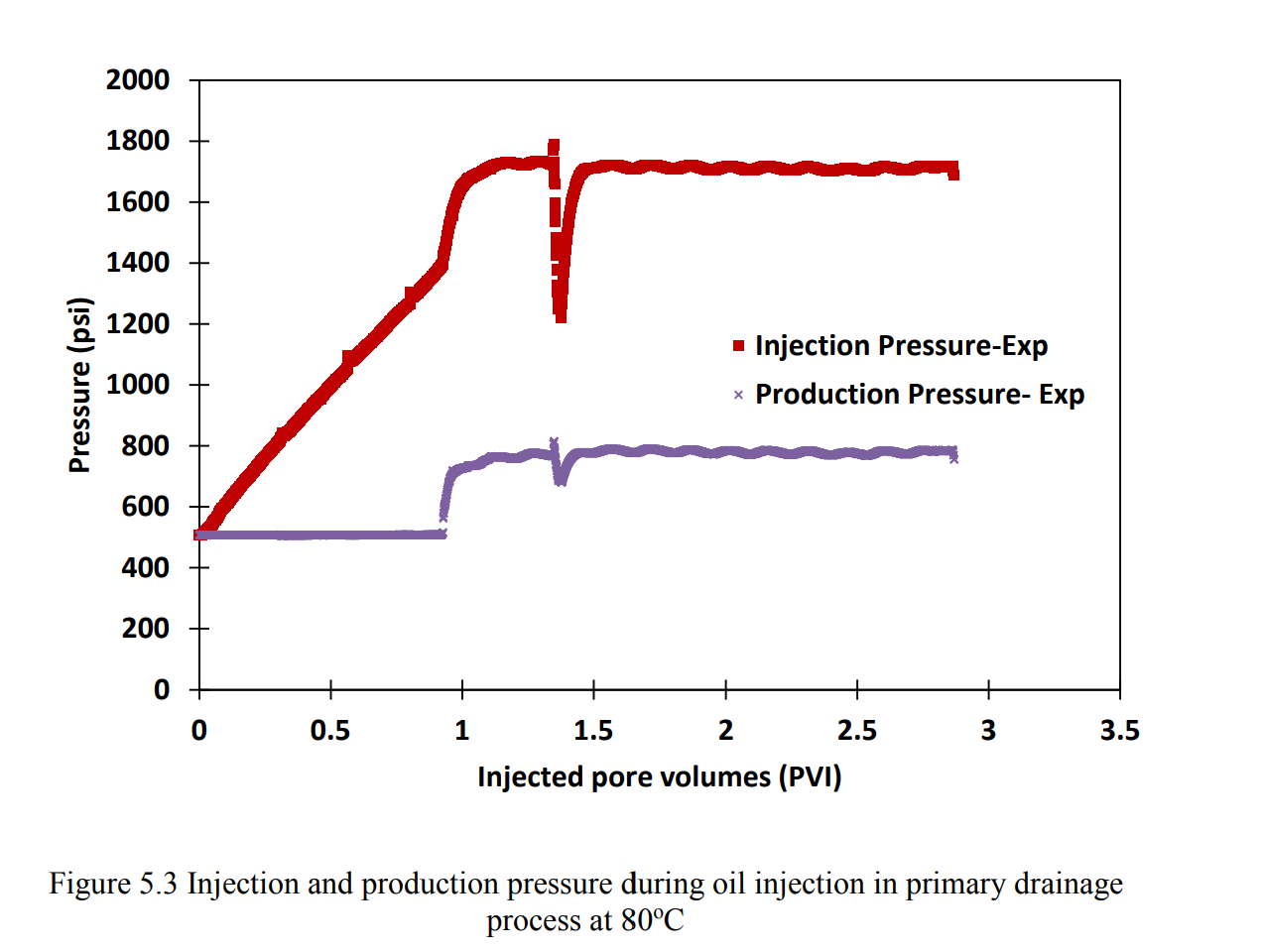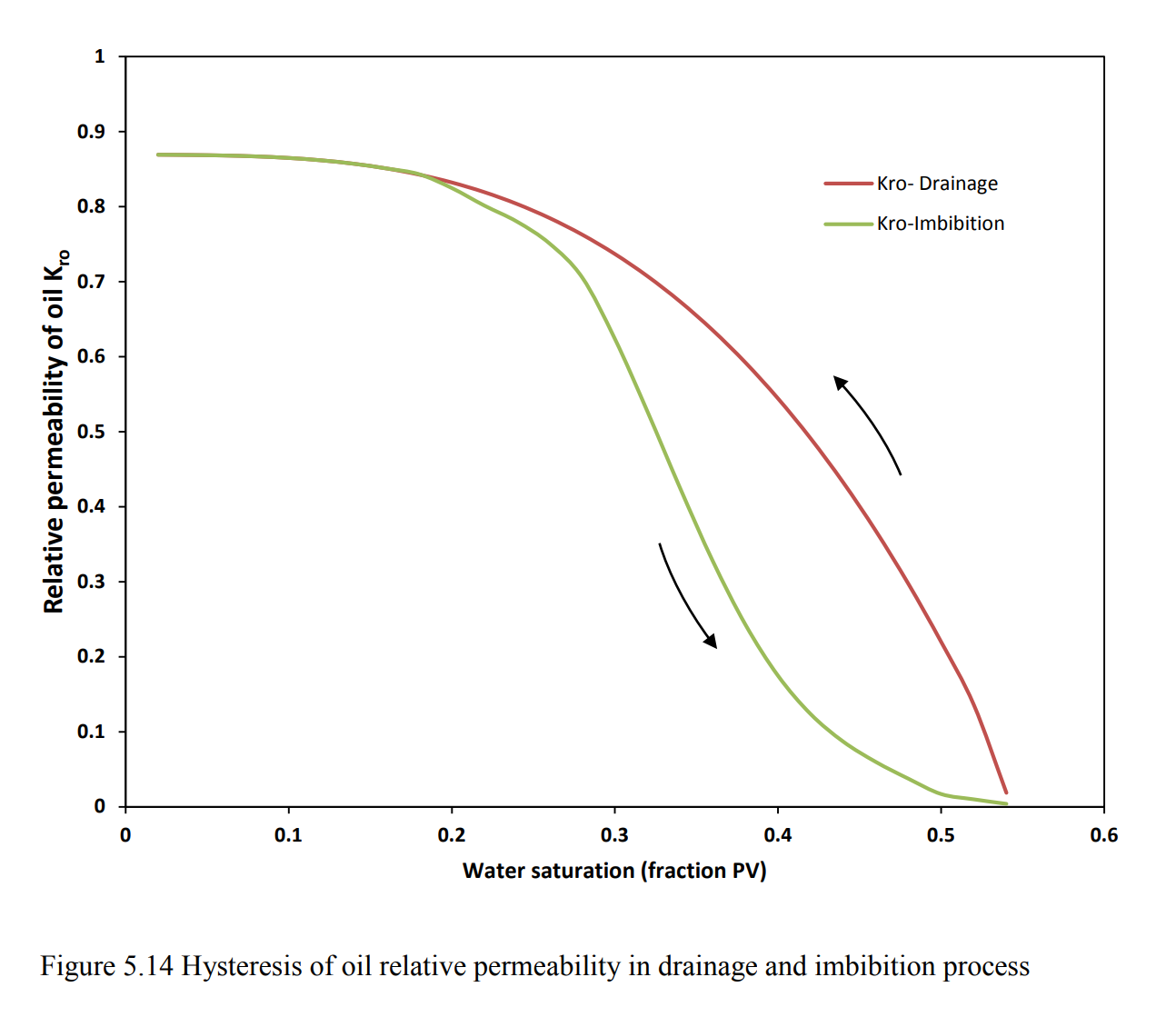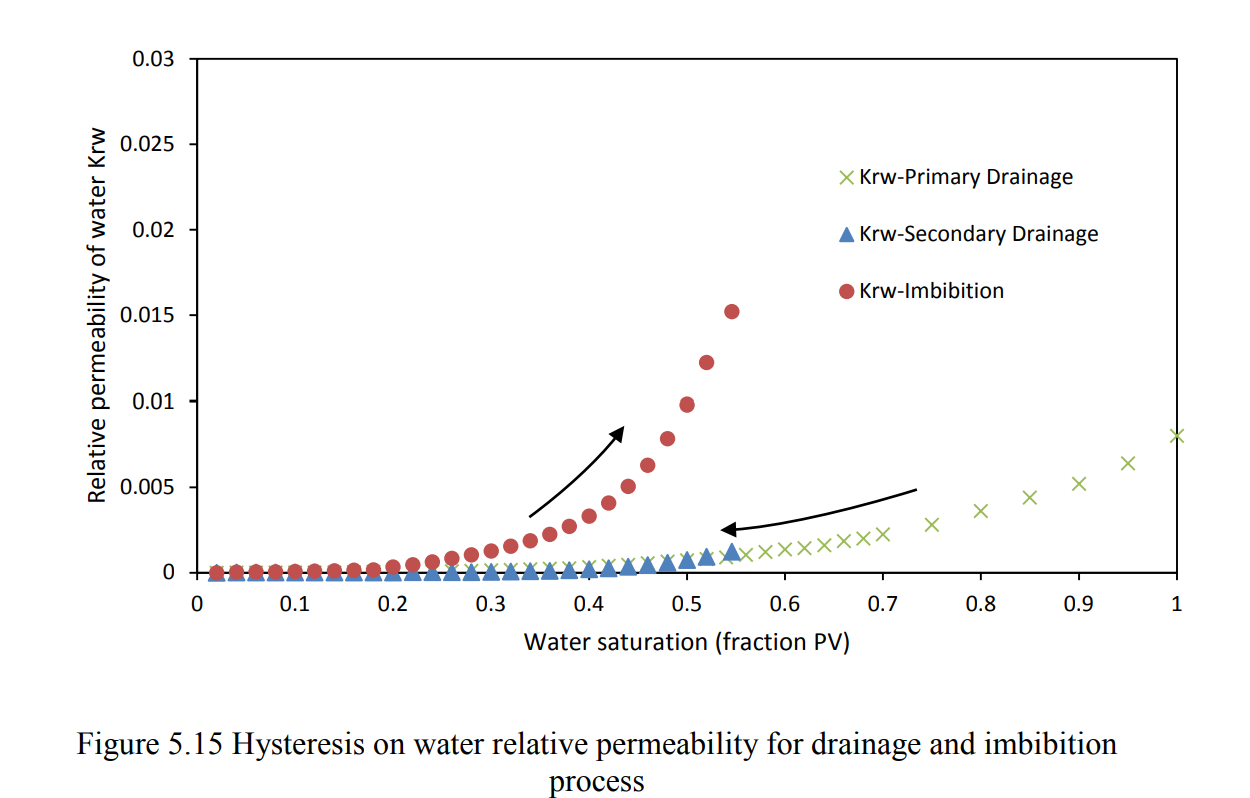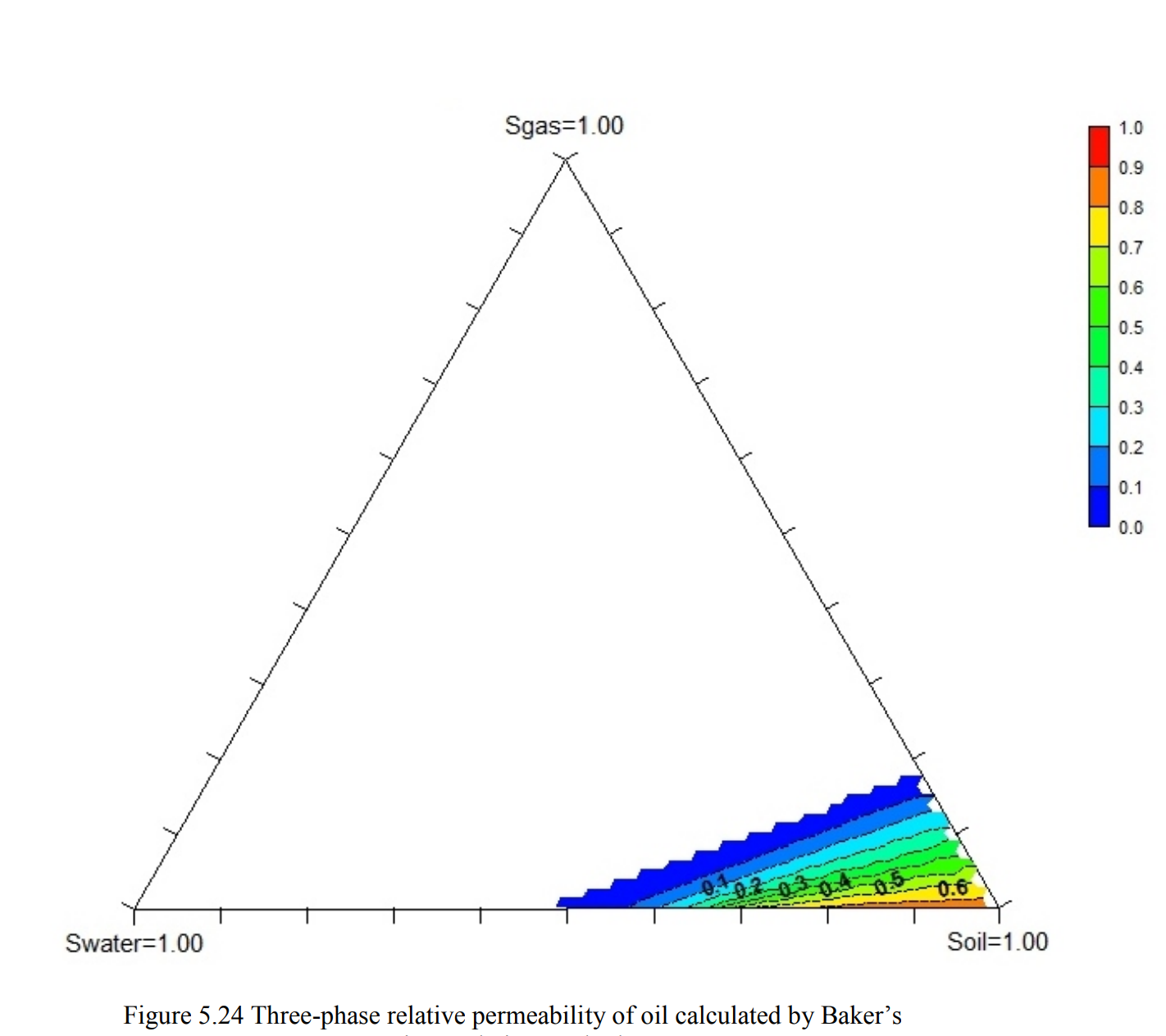Experimental and Simulation Study of Relative Permeabilities in Heavy Oil/Water/Gas Systems
ABSTRACT
An experimental study was conducted to investigate the relative permeability behaviour of a typical Canadian bitumen, water and gas. Series of isothermal core flood experiments were conducted on an unconsolidated core composed of cleaned Athabasca sand matrix and relative permeabilities of the involved phases were determined. Athabasca bitumen was used as the oil phase and distilled water and nitrogen were used as the water and gas phases respectively. A vertical sand-pack core-holder of 1.5 inch diameter and 2 feet long was designed and fabricated to perform sequential injection of oil, gas and water at reservoir temperature and pressure, while collecting information on pressure drop across the core and fluid volumes. The history match technique was used to determine relative permeabilities for two-phase and three-phase water/oil/gas systems.
Two-phase oil-water experiments were started with a primary drainage process followed by imbibition process and secondary drainage to assess the possible hysteresis effects on oil-water relative permeability. The secondary drainage process in which the core reaches the residual water saturation, was followed by gas injection till no further liquid was produced.
Three-phase flow was studied by first injecting a slug of oil into a gas flooded core. Then a slug of water was injected which was followed by continuous gas injection to simulate the threephase flow inside the sand pack. Stone’s first and second model and Baker’s linear interpolation model were used to calculate the three-phase oil relative permeability in the three-phase flow experiment. Two-phase drainage water/oil and gas/liquid relative permeabilities were used as input for three-phase models to calculate the oil three-phase relative permeability.
Hysteresis was found to exist in both wetting-phase and non-wetting-phase relative permeability in two-phase water/oil systems. Overall, the individual phase relative permeability was higher when its saturation was increasing than when decreasing. Predicted values for oil and water production were in good agreement with experimental results for all drainage and imbibition two-phase oil/water experiments.
Gas/liquid relative permeabilities for gas injection into an oil-flooded core, showed low gas relative permeability compared to the liquid relative permeabilities by around two orders of magnitude. These relative permeabilities resulted in a close match for the produced liquid even though the gas production was slightly over predicted at higher gas saturations.
In three-phase oil/water/gas experiments, two-phase water/oil and liquid/gas relative permeabilities were used to calculate the three-phase oil relative permeabilities. Among the three examined models, Stone’s second model produced the best prediction for liquid production and late time gas production even though the prediction of all of the models showed a significant deviation from experimental gas production during the early and middle time of the flood.
